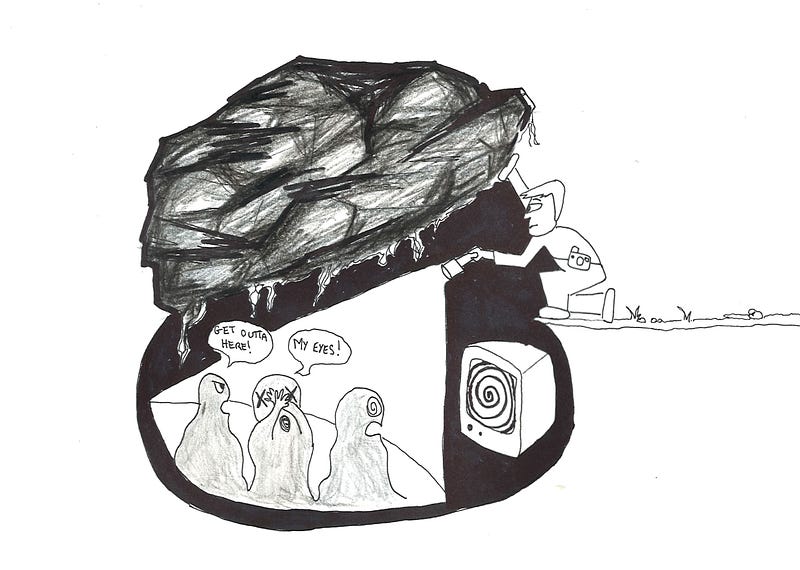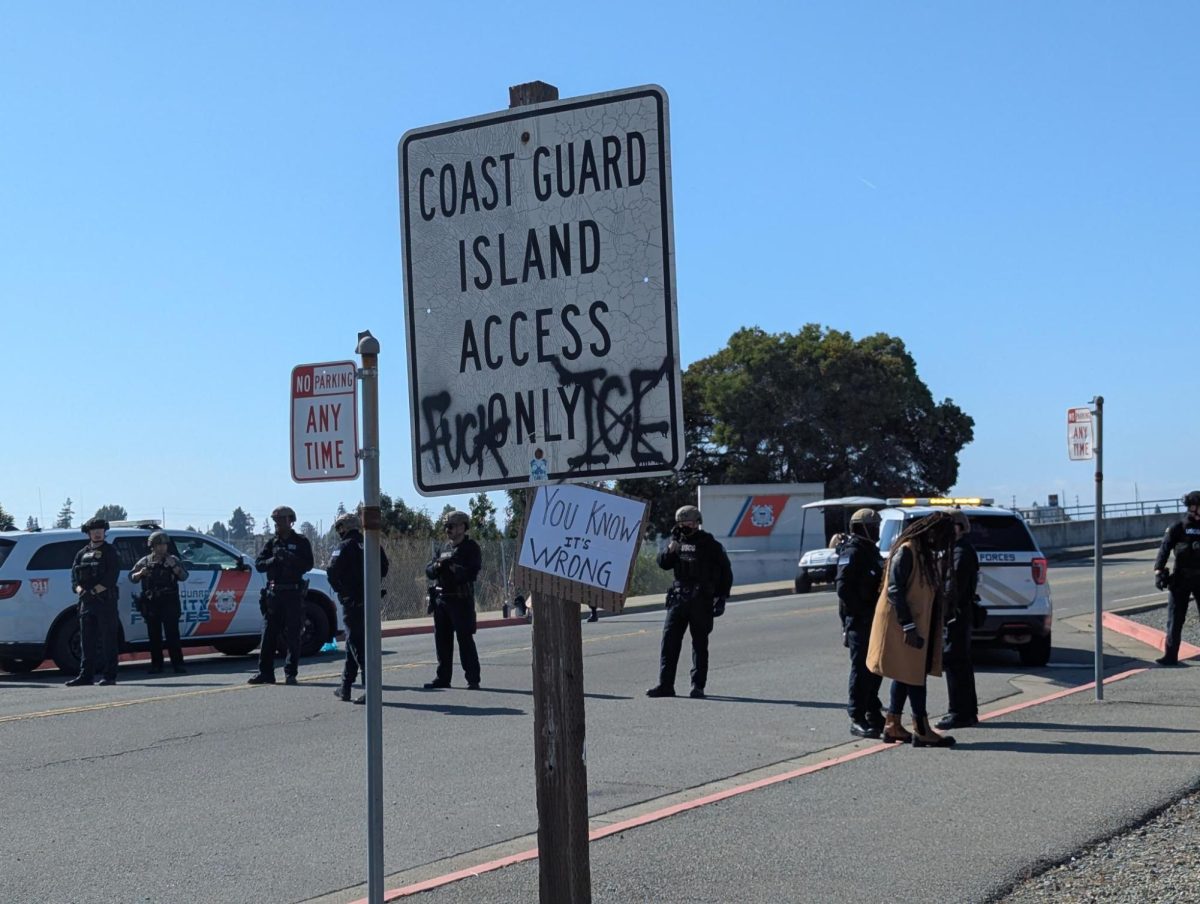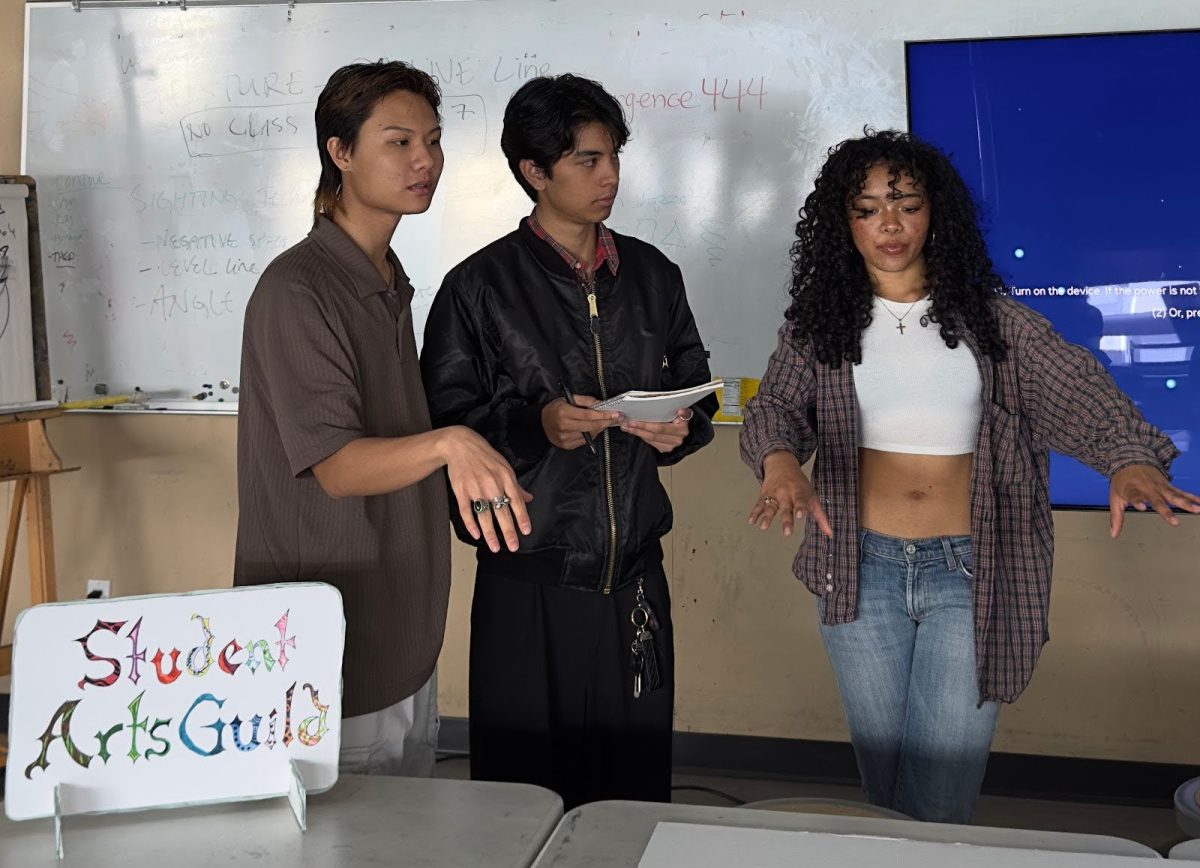When I was younger, I always thought journalists were nosey people with no boundaries who would do anything to get their grubby hands on a good story.
In my mind, the word conjured images of slick hair, tailored suits and fake frosty smiles — products of the corporate media junk-food newscycle I used to believe constituted “the news.”
When I started to discover the world of independent journalism, my mind quickly changed. It occurred to me that I could be a really good reporter, a likeable one with a lot of integrity. What better way to use my skills than to uphold democracy, exercise free speech and hold the powerful accountable.
Today, when I tell people that I’m a journalist, I am often met with a judgmental “why?”
Never mind the fact that I am basically committing myself to a public service because I believe in the power of the truth and feel passionately about freedom of speech. Nope, journalists are low-lifes who exploit tragedy for gain — at least, that’s what some people think.

We all know why the elite don’t like the press. The idea of a well-informed public is terrifying to any kind of establishment, and public mistrust of the media is much more convenient for those who would rather not be held accountable.
But how did the hatred of journalists trickle down from the top, all the way to the average person?
In 1970 Richard Nixon’s vice-president Spiro Agnew famously called the president’s critics “nattering nabobs of negativism,” and “hopeless, hysterical hypochondriacs of history,” a direct reference to journalists who did not cover the presidency in a positive light.
Nixon himself did little to hide his disdain for the media, which is not surprising considering good journalism is what ended his presidency.
Even so, such remarks arguably grew into a hatred that has once again reared its ugly head in the form of a blond toupé and a bad fake tan.
When President Donald Trump declared that the media is “the enemy of the people,” he basically aced step one of the authoritarian handbook.
The phrase has historically been used by tyrannical leaders to discredit those who challenge them, and was used verbatim by the infamously cruel Russian dictator Joseph Stalin.
Add to this the “fake news” phenomenon and the fact that every mainstream television news report might as well be a hollywood movie trailer, and you have the perfect recipe for turning Americans against the media.
I was prepared to know that I might not be liked or admired for my career choice, but I was not prepared to experience resistance from my own educational institution.
It turns out that even students are not safe from the stigma that plagues even the most respected professional journalists.
Laney Tower reporters are routinely criticized for minor mistakes, intimidated by high-ranking members of the school’s administration and accused of exploiting the school’s problems.
But by far the most public display of criticism happened in April 2019, after I reported on an electrical fire in the Laney Student Center, which led to the shutdown of two buildings for the remainder of the semester.
In a very public email chain to the entire district, I was repeatedly and falsely accused of lying and misleading in my reporting of the story.
The accusations came from several Peralta staff members, one of whom proudly expressed deep satisfaction at how well the Tower newspaper “burned” when he threw it into a fire.
While a handful of faculty members publicly showed their support, the overwhelming silence at the district level was unsettling.
I understand the urge to avoid conflict, but people who work in educational institutions have a responsibility to serve students’ needs. This includes providing a safe educational environment for everyone, even young journalists who may cover sensitive topics.
Paid employees, openly shaming students’ hard work and making vaguely threatening references, should not be tolerated.
Situations like this tend to arise when we shed light on the district’s issues. We are perceived of being overly negative, as if we were somehow profiting from the school’s problems — the same ones that affect our experience as students.
The Peralta district has self-admittedly suffered from poor management of funds, declining enrollment and crumbling facilities. As a campus newspaper it is our duty to address those problems and we take that responsibility very seriously.
Unfortunately, our passion does not spare us, and our experience is hardly uncommon.
At Bear Creek High School in Stockton, newspaper faculty advisor Kathi Duffel faced the possibility of losing her job if she allowed a student to publish a controversial story in The Bruin Voice, the student-run publication.
The Voice story features an 18-year-old student who works in the adult entertainment industry, and who agreed to tell her story in the paper after she grew tired of the rumors circulated by students.
The school board threatened to fire Duffel if she allowed the publication of the story. This decision was understood by Duffel as a direct violation of her first amendment right.
“Some people still believe that a school newspaper is a public relations vehicle for the school,” Duffel told the Columbia Journalism Review. “We obviously do not believe that.”
I want people to realize that the disdain for journalism runs deep, and that it’s everyone’s problem.
Democracy would be next to impossible without an independent press. Yes, journalists should also be held accountable, but by no means should we be considered “enemies.”


























